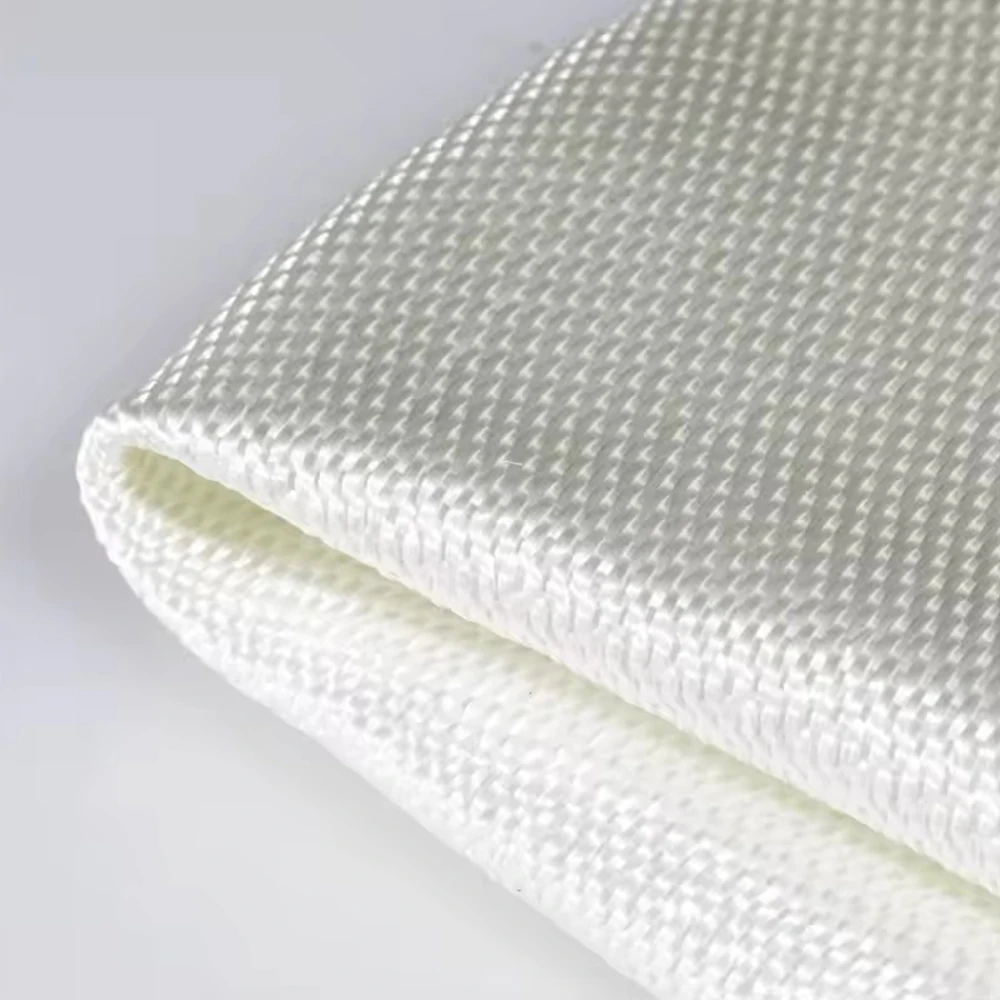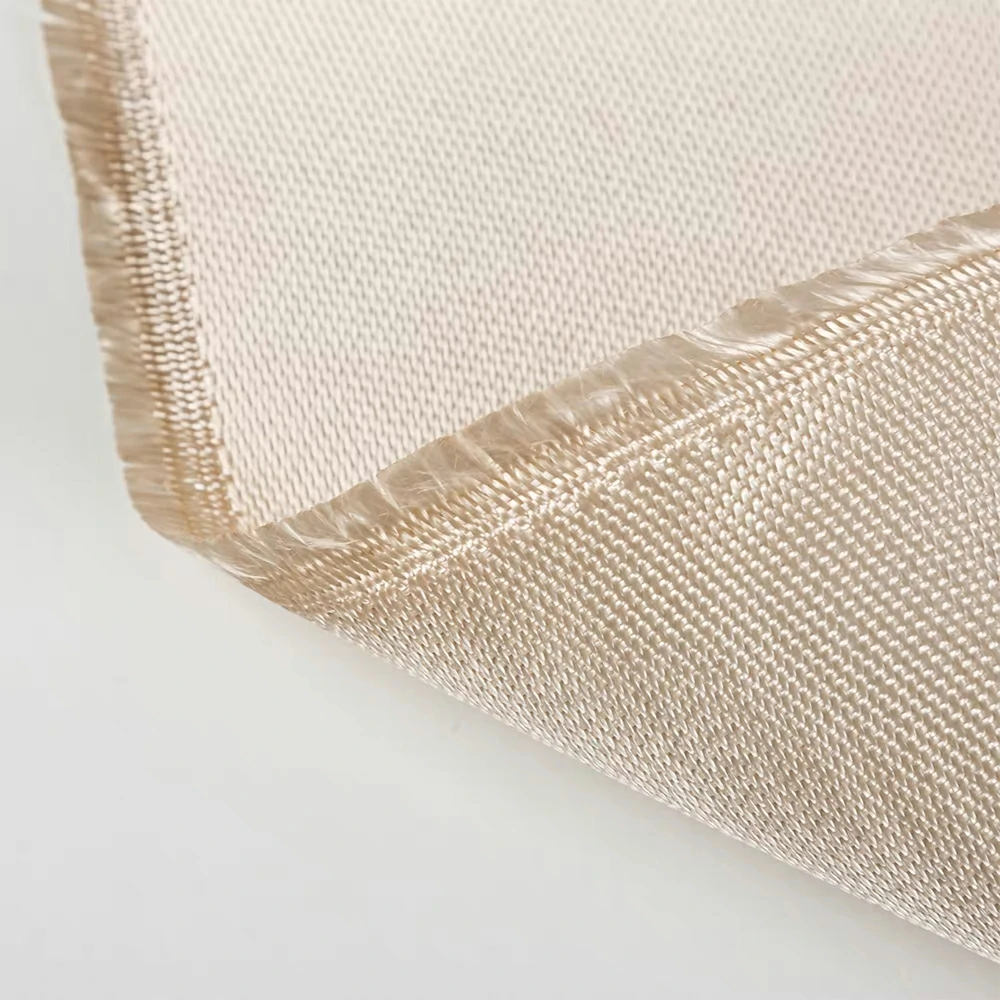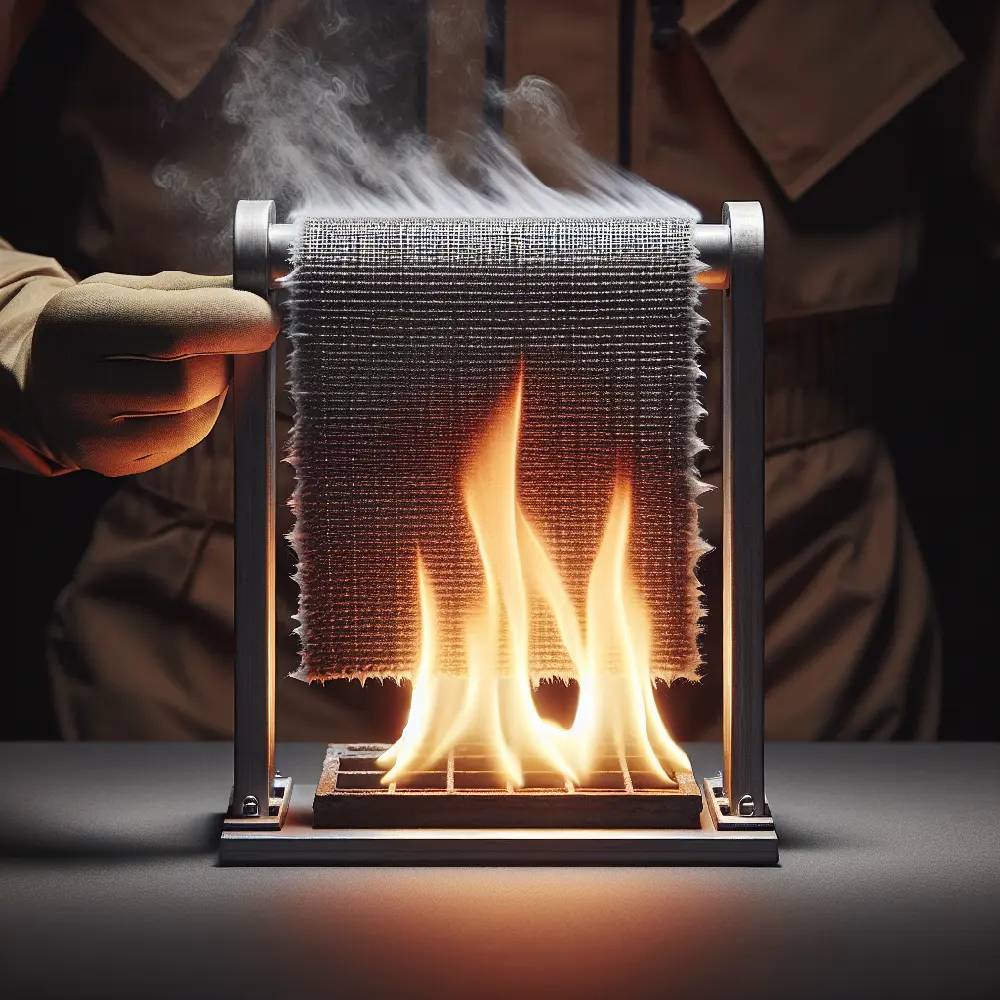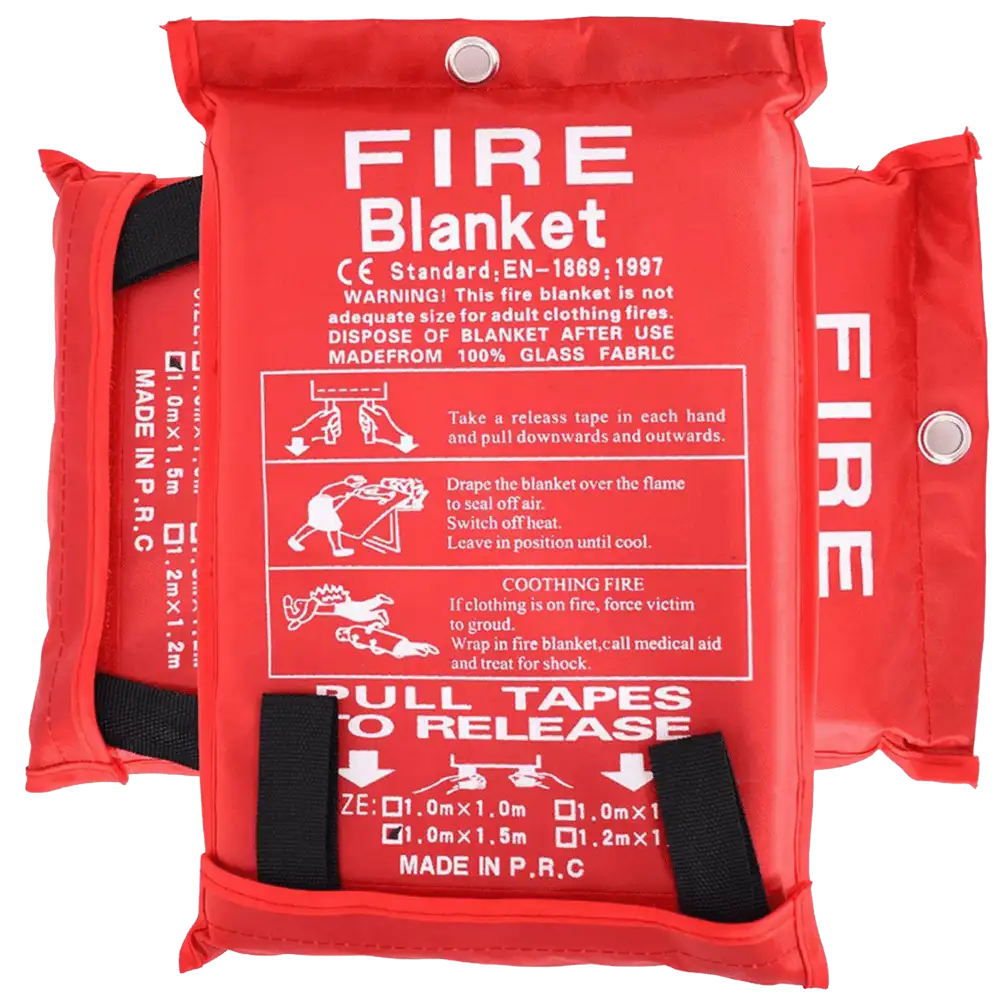
High silica fabric is a standout material in the realm of heat resistance. Its unique properties provide superior protection against extreme temperatures, making it a go-to choice in various industries.
At the heart of high silica fabric's exceptional heat resistance is its composition. Predominantly, the fabric boasts a high SiO2 (silicon dioxide) content, often around 96%. This high silica content is the key to the fabric's ability to withstand continuous exposure to high temperatures without losing its structural integrity.
The fabric's structure is another vital component of its performance. Woven silica fibers give the fabric its strength and flexibility. These fibers are intricately interlaced, forming a tight, robust weave that not only resists heat but also provides excellent abrasion resistance.
Moreover, the woven silica fibers contribute to the fabric's impressive thermal stability. Even under conditions of continuous operating temperatures up to 1000°C (1832°F), the fabric maintains its physical properties and does not melt or vaporize.
High silica fabric, with its high SiO2 content and woven silica structure, provides superior protection against high temperatures. Its unique composition and structure make it an ideal choice for applications requiring exceptional heat resistance.
Learn More:What Is Silica Fabric?

High silica fabric's heat resistance hinges on two key factors: its thermal conductivity and its high silica content. The fabric's thermal conductivity, which is the measure of its ability to conduct heat, is remarkably low. This means that instead of transferring heat, high silica fabric effectively isolates it.
The fabric's 96% silica composition plays a critical role in its heat resistance. Silica has a high melting point of about 1713°C (3115°F), which contributes significantly to the fabric's ability to withstand high temperatures. The fiber cloth structure, composed of tightly woven silica fibers, further enhances its high temperature resistance. These fibers create a robust barrier that effectively shields the fabric from heat.
Several factors influence the heat resistance of high silica fabric. The fabric's ability to withstand continuous operating temperatures up to 1000°C (1832°F) is one crucial factor. This high-temperature tolerance is largely due to the fabric's high silica composition.
Another factor is the fabric's abrasion resistance, which is directly linked to its heat resistance. The tightly woven silica fibers in the fabric make the silica cloth abrasion-resistant, enhancing its durability even in high-temperature environments.
When compared to other heat-resistant materials, high silica fabric stands out for its superior temperature resistance. For instance, traditional heat-resistant materials like asbestos or fiberglass have lower operating temperatures and can degrade under extreme heat. In contrast, high silica fabric maintains its structural integrity even at temperatures up to 1000°C (1832°F), making it a more reliable choice for high-temperature applications.
Despite its impressive heat resistance, high silica fabric does have potential limitations. Its performance can be affected by factors such as tension and mechanical stress. However, these limitations can be mitigated through proper handling and usage. For instance, avoiding unnecessary tension and using the fabric within its operating temperature range can help maintain its heat resistance.
High silica fabric's superior heat resistance, enabled by its thermal conductivity and high silica content, sets it apart from other materials. Despite potential limitations, proper handling can ensure its performance remains uncompromised.

High silica fabric finds its place in a multitude of industries due to its remarkable heat resistance. One such industry is welding. In this high-temperature environment, the fabric is commonly used in the form of welding blankets and curtains. These items provide a reliable shield against molten metal, protecting equipment and personnel from heat and sparks.
Looking forward, current research is shedding new light on the potential of high silica fabric in heat-intensive industries. Scientists and engineers are exploring ways to enhance the fabric's heat resistance and durability further. For instance, advancements in fiber weaving techniques could lead to even tighter and more robust fabric structures, improving both heat resistance and abrasion resistance.
Moreover, the fabric's potential isn't limited to current applications. As industries evolve and new heat-intensive processes emerge, the demand for high silica fabric is expected to grow. Its ability to withstand extreme temperatures makes it a promising material for future applications in aerospace, energy production, and even in the exploration of space.
High silica fabric, with its superior heat resistance, has a bright future in heat-intensive industries. Its current use in applications such as welding blankets and curtains is just the beginning. As research continues and industries evolve, we can anticipate even wider use of this remarkable material.
The heat resistance of high silica fabric plays a pivotal role in its industrial applications. Its ability to withstand temperatures up to 1000°C (1832°F), thanks to its 96% silica composition and low thermal conductivity, makes it an invaluable resource in heat-intensive industries. From welding blankets and curtains to potential aerospace applications, high silica fabric's heat resistance offers a safety shield against extreme heat and molten metal.
Looking to the future, high silica fabric is poised for even greater significance. As research continues and our understanding of the material deepens, we can expect to see enhancements in its heat resistance and durability. The fabric's potential is vast, and as industries evolve and new heat-intensive processes emerge, the demand for high silica fabric is predicted to surge.
In essence, high silica fabric, with its superior heat resistance, is not just a material of the present, but also a promising resource for the future. Its unique properties position it as a key player in the ongoing pursuit of safety and efficiency in heat-intensive industries.
 Understanding Fiberglass: Fire Safety and Heat Resistance
Understanding Fiberglass: Fire Safety and Heat Resistance
 Top 5 Heat-Resistant Wonders: How High Silica Fiberglass Fabric Excels in Extreme Temperatures!
Top 5 Heat-Resistant Wonders: How High Silica Fiberglass Fabric Excels in Extreme Temperatures!
 Is Kevlar Fireproof? Unveiling the Truth Behind Kevlar's Flame Resistance
Is Kevlar Fireproof? Unveiling the Truth Behind Kevlar's Flame Resistance
 Do Fire Blankets Work? Understanding Their Functionality and Benefits
Do Fire Blankets Work? Understanding Their Functionality and Benefits